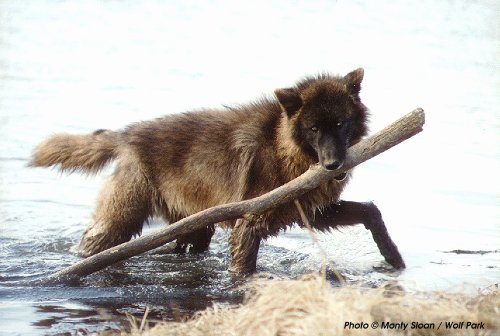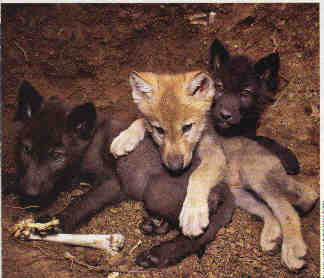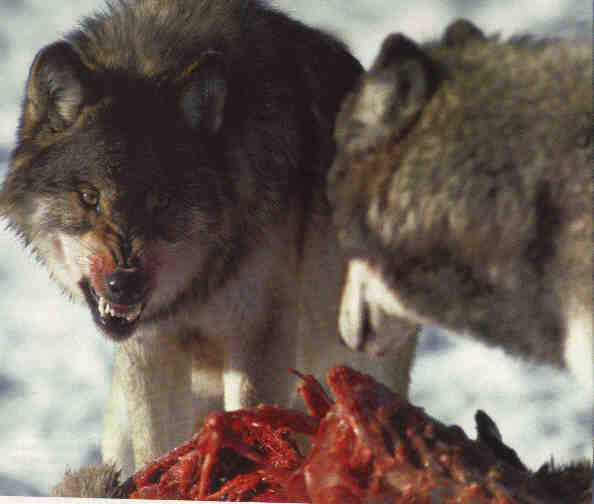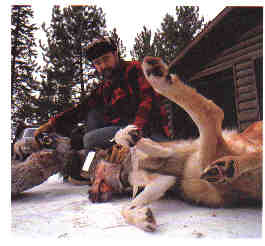

Photos courtesy of Wolf Park

 SUCCESSFUL RETURN OF THE WOLF SEEN AS THREAT
SUCCESSFUL RETURN OF THE WOLF SEEN AS THREAT "I'm just concerned we're
losing biodiversity if we get a lot of wolves."
"I'm just concerned we're
losing biodiversity if we get a lot of wolves." Wolf pups
Wolf pups "Back Off"
"Back Off" Family Portrait
Family Portrait Wolf Mom
Wolf Mom Wolf Kill,1994
Wolf Kill,1994 Political Wolf?
Political Wolf?This site designed by

![]() Matilda's new Search
Matilda's new Search

![]() Best viewed with
Best viewed with
![]()
